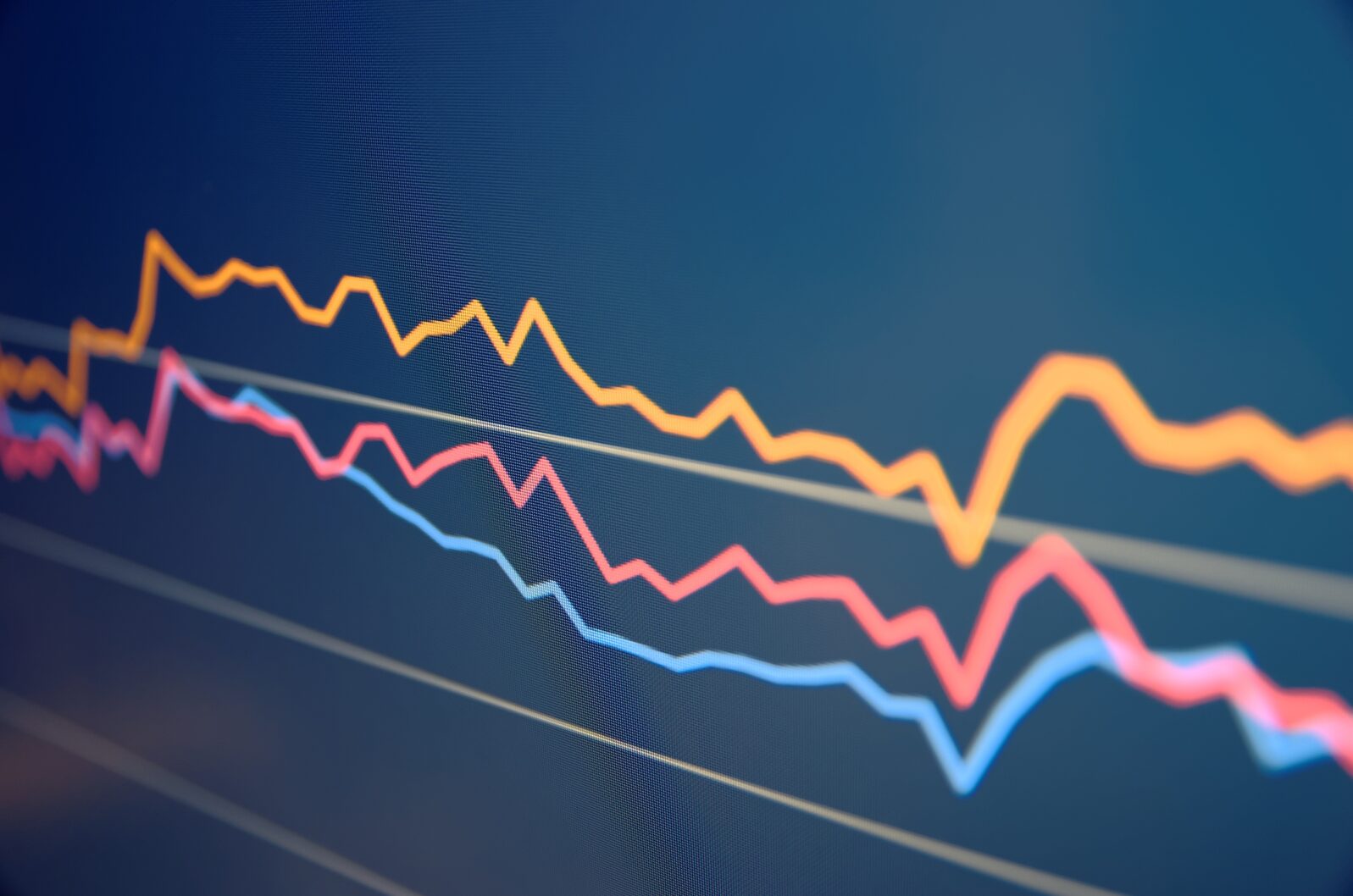AI and Wall Street’s Hype Curve
Almost all new tech has a hype curve. Here are the stages.Nearly all technology goes through a hype curve. Here are the stages of the hype curve as outlined in Chapter 5 of my book Non-Computable You.

• The launch phase. In the beginning of the hype curve, newly introduced technology spurs expectations above and beyond reality. Poorly thought-out forecasts are made. Think self-driving cars and generative AI like ChatGPT and Midjourney.
• The peak-of-hype phase. The sky’s the limit. Imagination runs amok. Whether negative or positive, hype is born from unbridled speculation. Self-driving cars will put truckdrivers out of business. ChatGPT will replace the need for creative writers.
• The overreaction-to-immature-technology phase. As the new technology is vetted and further explored, the realization sets in that some of its early promises can’t be kept. Rather than calmly adjusting expectations and realizing that immature technology must be given time to ripen, many people become overly disillusioned.
For example ChatGPT has improved a lot in 2023, but still can’t be trusted with facts and it still has problems with simple math. Tesla recalls two million self-driving vehicles due to concerns over the performance of their Autopilot technology.
• The depth-of-cynicism phase. Once the shine is off the apple, limitations are recognized. Lawsuits are filed. Getty Images sues Stability AI over copyright issues. The NY Times sues Open AI, the father of ChatGPT and Dall-E. Some initial supporters jump ship. They sell their stock and go looking for a new hype to criticize, believe in, or profit from.
• The true-user-benefits phase. The faithful — often those whose initial expectations included the realistic possibility of failed promise — carry on and find ways to turn the new technology to useful practice. AI has made many innovative advances in medicine. A few years ago, DeepMind’s AI breakthrough in deciphering the 3D shapes in protein folding “stands to transform biology”.
• The asymptote-of-reality phase. The technology lives on in accordance with its true contributions. We’re not there yet.
Technologies that have surfed the hype curve include superconductivity, the Segway, cold fusion, information theory, Theranos, the Piltdown man and string theory. Read the details about each in my book Non-Computable You.
In corporate earnings calls, there is evidence that today’s AI is following a hype curve. An earnings call is a conference call/webcast where public company management reveals financial results, with an accompanying press release summarizing key points. A revealing graph from Yahoo Finance shows that quarterly corporate conference call mentions of AI are following a hype curve.

The peak of hype occurred in the third quarter of 2023 and then, for two subsequent quarters, decreased. In 2023, the news media hyped AI like a carnival barker. Collins Dictionary named “AI” as its word of the year.
The earnings call data is evidence we are skiing down the slope of a hype curve, but not a proof. There are counter indicators. The percent of AI mentions by S&P 500 companies has increased from 10% in the early 2000’s to 36% in the fourth quarter of 2023. There was, however, a slight dip in the third quarter of 2023.
What’s the takeaway? Growing uncertainty. Bloomberg chief economist Torsten Sløk says the jury is still out.
“The question is if AI is anything special. So far it looks like AI is not a revolution but just a continuation of the tech trend that started in the 1990s.”
What is in store for AI? As the saying goes, definitive forecasting is dangerous. Especially if it’s about the future.
